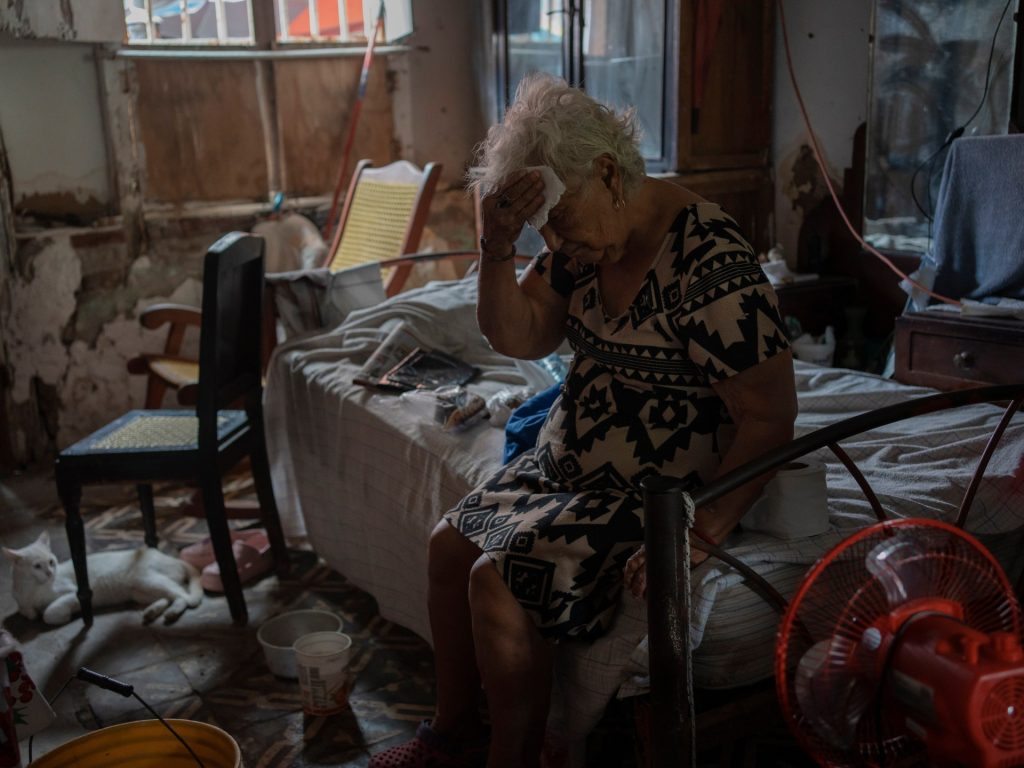Deadly heat waves have recently hit the United States, Mexico, and Central America, with temperatures soaring to unprecedented levels. According to the World Weather Attribution (WWA), this extreme heat was made 35 times more likely due to global warming. The group also stated that the extreme highs experienced in May and June were four times more likely to occur today than they were a quarter of a century ago. The scorching temperatures led to the deaths of at least 125 people in Mexico, with thousands more suffering from heat strokes.
The WWA expressed concern that the full picture of heat-related deaths may not be known, as they are often only confirmed and reported months after the event, if at all. As the world continues to burn fossil fuels and emit climate-heating greenhouse gases, millions more people are expected to be exposed to dangerous levels of heat in the future. This year has been declared the hottest on record, with large parts of the world experiencing extreme temperatures even before the official start of summer in the Northern Hemisphere.
Heat is considered the deadliest form of extreme weather, yet it is often underestimated. Children, the elderly, and outdoor workers are particularly vulnerable to its effects. In Mexico and Central America, the impact of heat is exacerbated by poor housing conditions, limited access to cooling services, and insufficient planning for extreme heat events. The stability of electricity supply is also at risk during heat waves, which is crucial for the functioning of healthcare facilities.
Scientists recommend implementing extreme heat warming systems and action plans to enhance Central America’s readiness for such events. Safety measures are necessary to protect outdoor workers and vulnerable populations from the harmful effects of heat waves. These measures could include improving housing conditions, increasing access to cooling services, and developing mechanisms to ensure a stable electricity supply during extreme heat events.
The current trend of rising temperatures and increasing frequency of heat waves is a direct result of global warming fueled by human activities. It is essential for countries to take urgent action to reduce greenhouse gas emissions and mitigate the impacts of climate change. By implementing sustainable practices and investing in resilience measures, communities can better prepare for and adapt to the challenges posed by extreme heat events. Collaboration between governments, scientists, and communities is crucial in addressing the growing threat of deadly heat waves and safeguarding the well-being of all populations.















